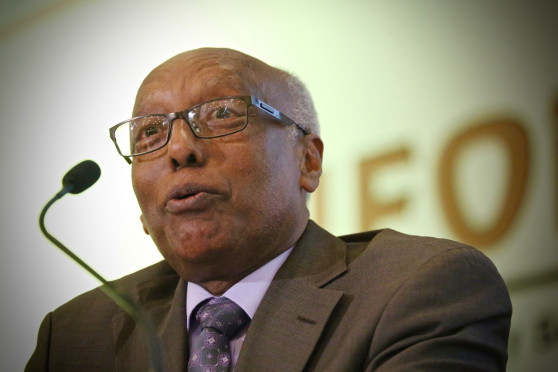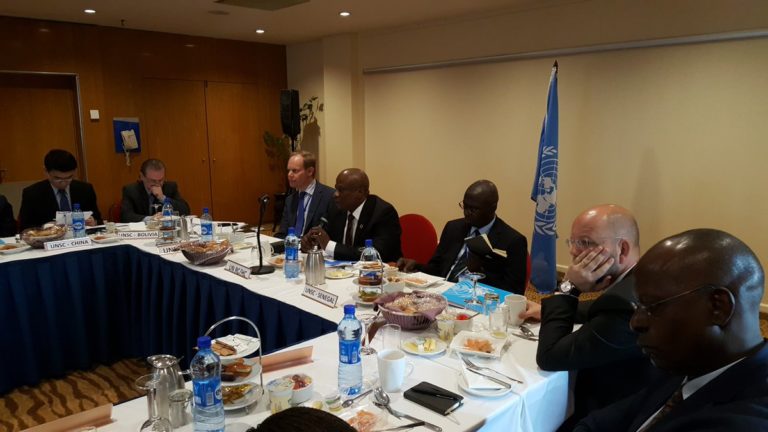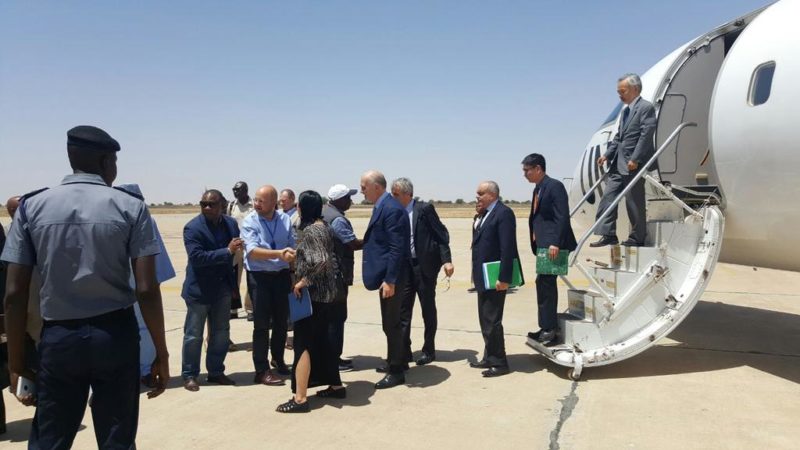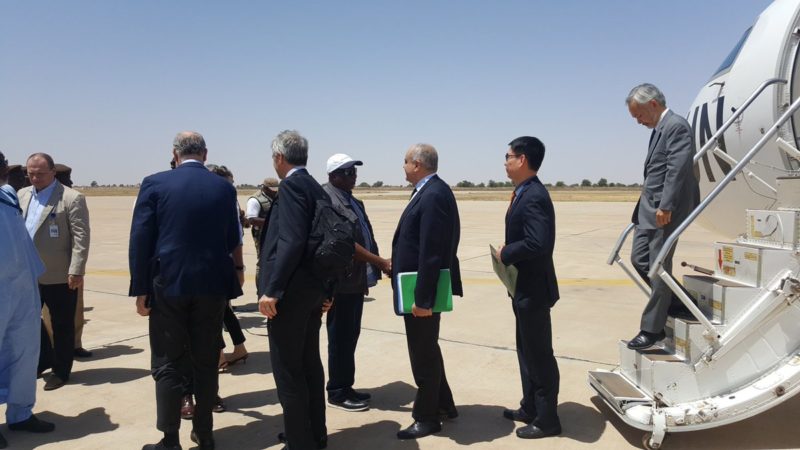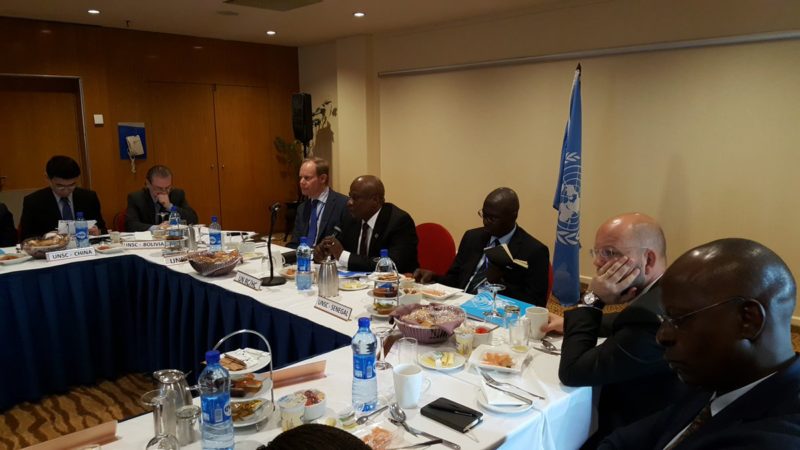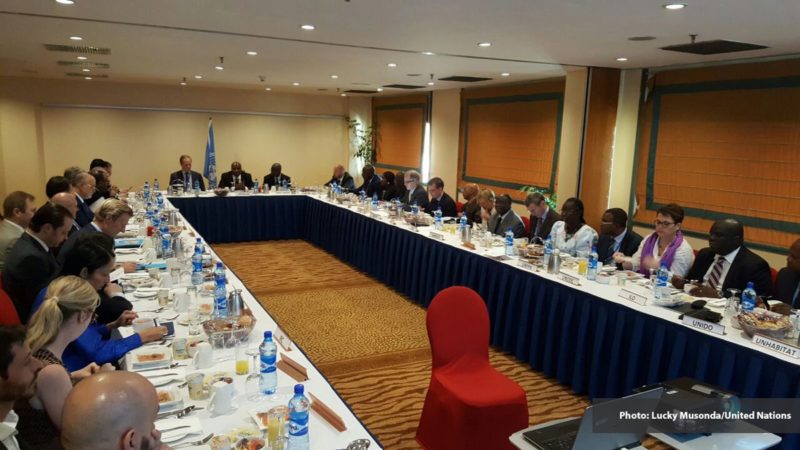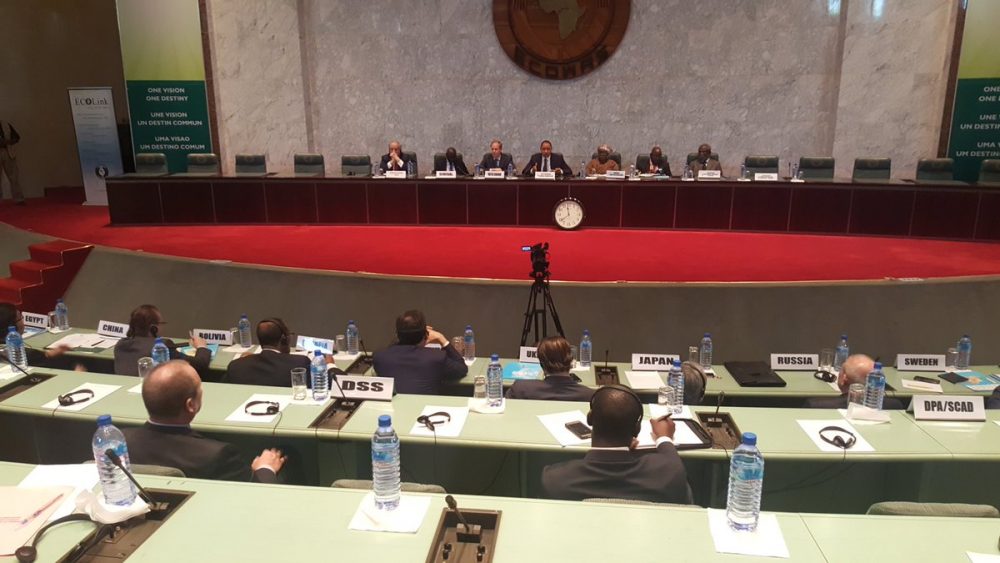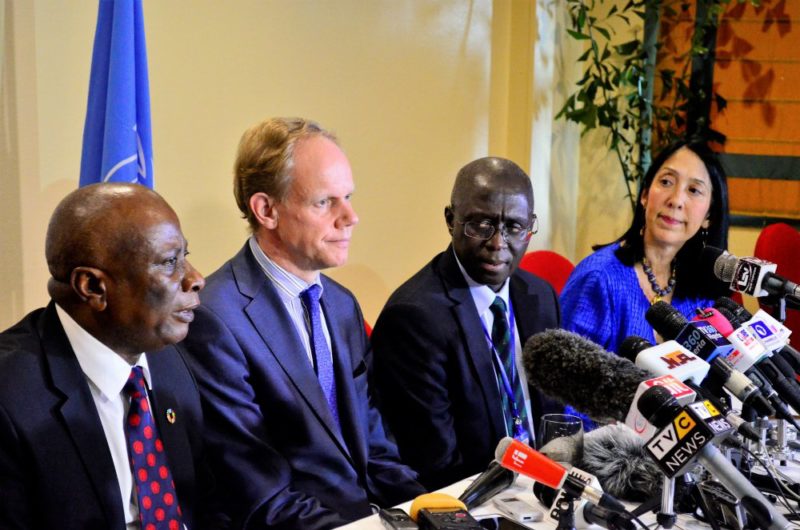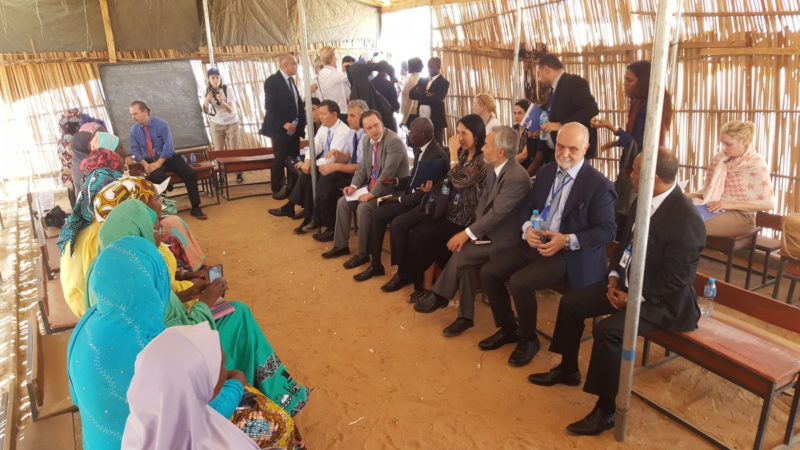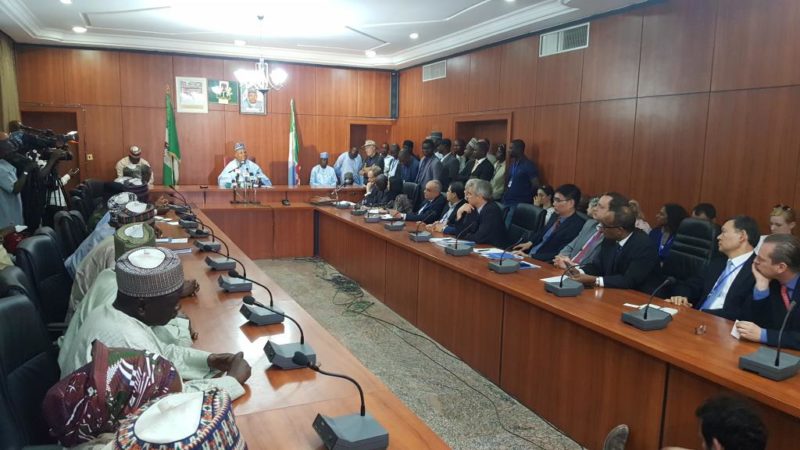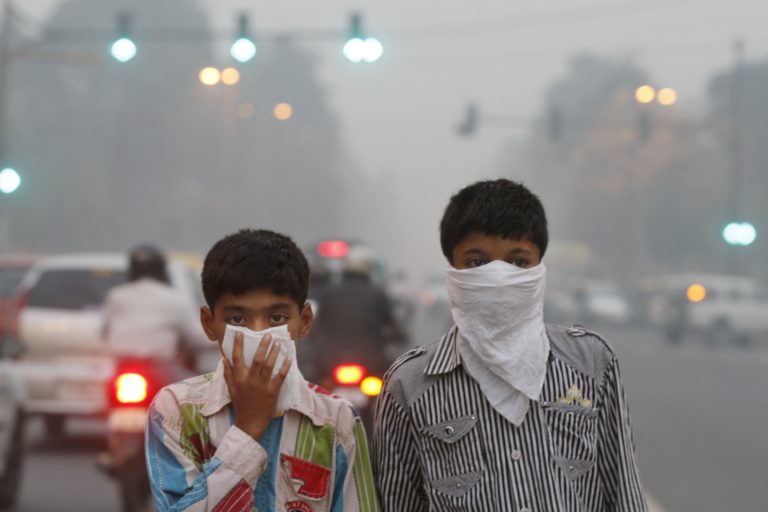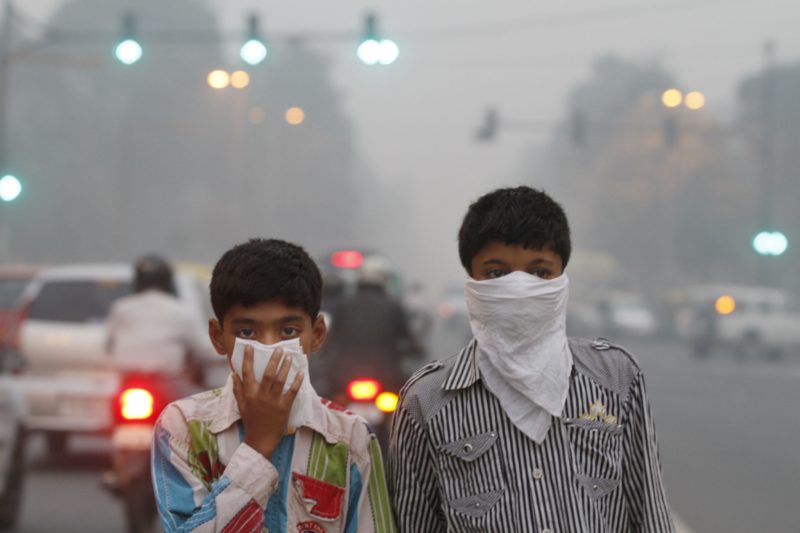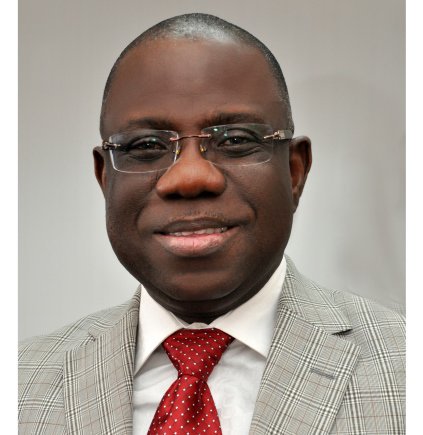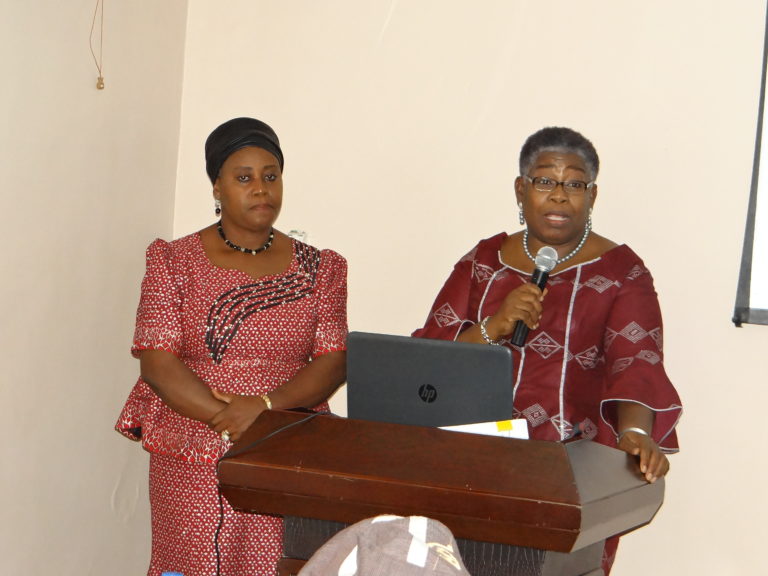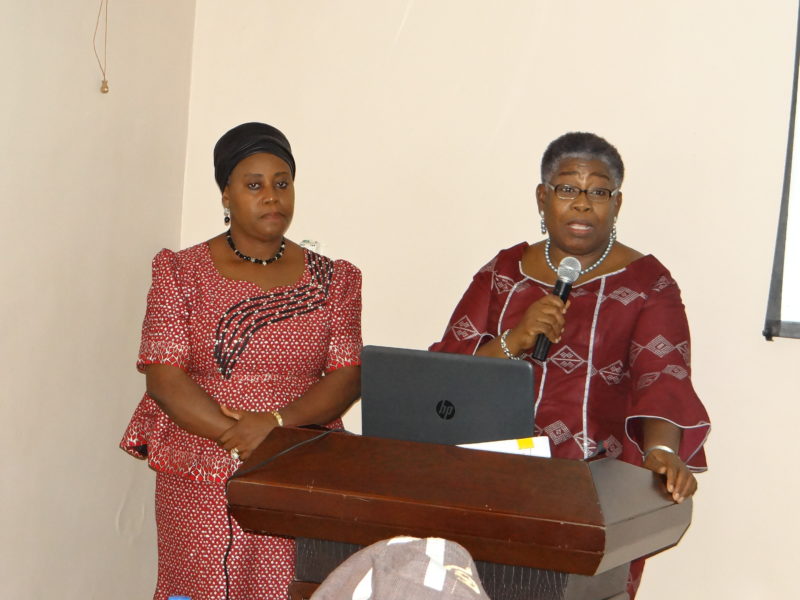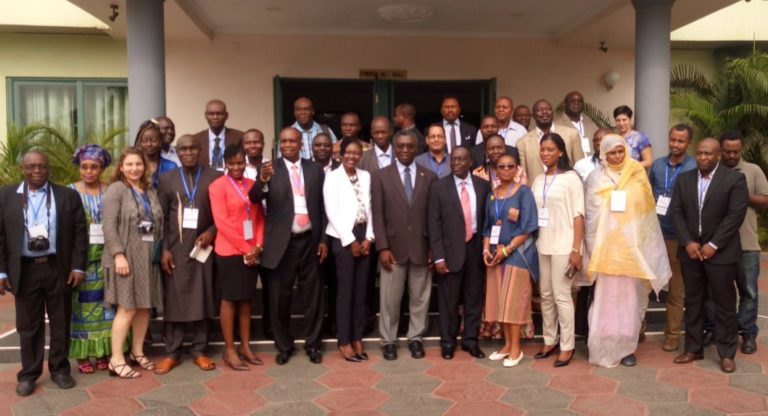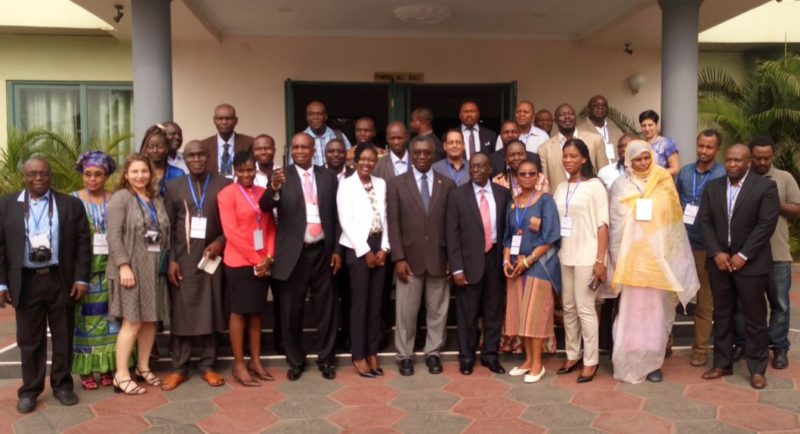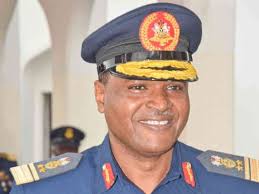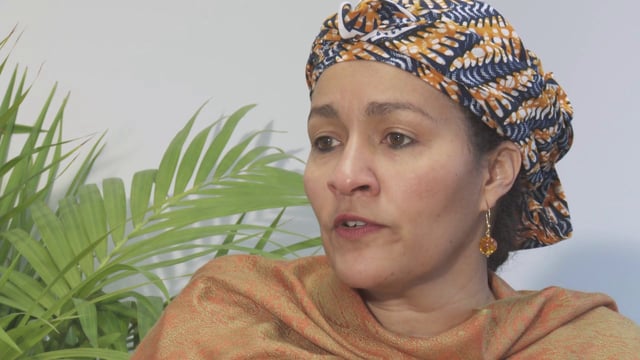The Nigeria National Park Service has failed woefully as the custodian of our national heritage located in the seven National Parks in the country. Even the managers of this failed institution must agree that they have betrayed the trust and confidence reposed in them by the various governments and people of Nigeria. It was in view of this that a national daily recently dedicated a two-part editorial to this moribund institution. Something has to be done.
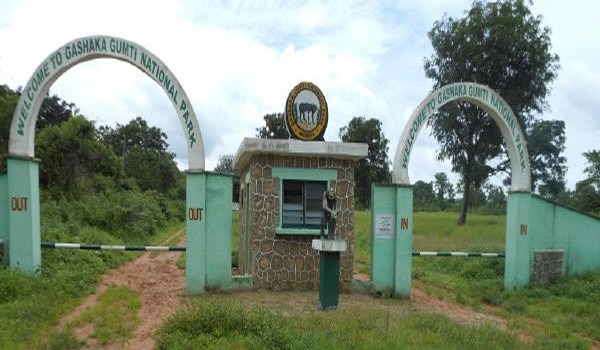
Many people reading this piece would be wondering which National Parks are being referred to. And there lies the problem. How could a Federal Government agency have existed as a legal entity with statutory functions for almost twenty-six years and yet not up to five percent of Nigerians know anything about them? Even the National Park Service Headquarters in Abuja is hideous. This is an institution that is a product of the wave of environmentalism that swept across the country in the late 1980s and early 1990s. Nigerians had been jolted from environmental improvidence in 1988 with the discovery of tons of well-packed toxic waste in the port town of Koko in the present Delta State. The real and imagined consequences were not such that could have been overlooked. While non-governmental organisations began to add their voices to the need for a deepened environmental consciousness, communities in the Niger Delta became incrementally aware of the depth of environmental degradation occasioned by oil exploration and exploitation.
The then Armed Forces Ruling Council (AFRC) responded with a series of environmental legislations including the Federal Environmental Protection Decree (now Act) No. 58 of 1988 setting up the then Federal Environmental Protection Agency (FEPA), The National Parks Decree (Act) No. 36 of 1991 setting up the National Park Service and six National Parks in the country, namely; Chad Basin National Park, Kainji Lake National Park, Gashaka Gumti National Park, Old Oyo National Park, Cross River National Park and Yankari National Park which was actually a later addition. There was also the Environmental Impact Assessment Decree (Act) No. 86 of 1992. All these legal instruments have undergone a series of reviews in the recent past including the one that led to the addition of two more National Parks, namely; Okomu National Park in Edo State and the Kamuku National Park in Kaduna State and converted the National Park Service into a paramilitary organisation.
The point being made here is that National Parks in Nigeria were set up as a response to the rising need to shield from destruction considerable portions of our floral and faunal resources including biophysical structures and all that should be considered as national heritage. The Nigerian Conservation Foundation (NCF) and Nigerian Environmental Study/Action Team (NEST) are among the NGOs that worked towards the establishment of the National Parks. Also, many individuals, namely; Chief S.L. Edu, Chief Philip Asiodu, Brigadier-General Abba Kyari (rtd), Mr Pius Anadu, Mr. A.P. Leventis, Chief I.I. Murphy, Professor David Okali, Mrs Adetoun Fagbayi-Mohammed and many others contributed in no small measure, directly or indirectly to the realisation of the dream.
It is important to shed more light on the background and the raison d’etre of National Parks in Nigeria. Between 1981 and the year 2000 Nigeria lost 3.7 hectares of forests and only 4% of the country’s untouched forest cover was left. More frightening was the fact that the loss continued at the rate of 3.5% annually. This implies colossal loss of biodiversity. As at that time 484 plant species were threatened with extinction in Nigeria. Nevertheless, Nigeria’s remaining forests habour about 4000 different species of plants including those that have been found to be effective in the development of alternative medicine. There are also animals, including birds that can only be found in Nigeria and nowhere else. These include the Ibadan Malimbe, the Anambra Waxbill, the Jos Indigo Bird and the white-throated Monkey (Cercopithecus erythrogaster pococki), the Niger Delta Pigmy Hippo and the Niger Delta Red Colobus Monkey.
Forests are home to wildlife and perform a broad range of critical environmental and climatic functions including the maintenance of constant supply of water. Forests habour species and at the same time have very deep economic, aesthetic, industrial and religious significance for humans. But the greatest threats to forests have been bush burning and illegal logging; a situation made hopeless by absence of measures aimed at regeneration and a valuation system. The need for an environmentally and socially equitable approach to forest management becomes imperative.
It is from this backdrop, therefore, that informed the need to set aside swathes of areas of scientific, historical and ecological significance for protection. However, the story of National Parks in Nigeria has been pathetic. The management of National Parks in Nigeria has been a self-evident demonstration of crass incompetence and lack of vision and proper understanding of its institutional mandate. With regard to protection, no National Park is in any sphere better than it was at inception 26 years ago. They are characterised by degradation of infrastructure, loss of biodiversity, shrinking land mass and demoralisation of staff. As it stands, Nigerian National Parks will contribute to tourism development in Nigeria only when degradation itself becomes a tourist attraction.
While National Parks in most African countries contribute to economic development, ours have consistently become drainpipes that wallow in obscurity and deception. What can be more deceptive than using footages of chimpanzees and drill monkeys from the Drill Ranch (Pandrillus), a private rehabilitation centre in Afi Mountain in Cross River State, to produce documentaries of Nigerian National Parks? The management of the National Park Service has been capitalising on the shallow environmental consciousness of Nigerians for selfish ends.
The national security implication of the mismanagement of our National Parks is quite grave. Four of Nigeria’s National Parks, namely; Chad Basin National Park, Gashaka Gumpti National Park, Kainji Lake National Park and Cross River National Park sit on international boundaries. Some are even contiguous with National Parks and Forest Reserves of other countries. In other words, National Parks constitute a serious threat to national security. Bandits and insurgents hide in National Parks as a result of porous security apparatus while the insurgency in the North-eastern part of the country has provided a strong excuse to mask or explain away sheer incompetence. A serious appreciation of the importance and enormity of the task of park protection over the years should have given rise to linkages and collaboration with other security agencies in the country.
The thing about National Parks and what they protect is that these are things that cannot be replaced once they are gone. Economies can rise and fall, employment rates rise and fall, human conflicts come and go. But if we destroy the last examples of the natural world that once was Nigeria it can never be replaced.
How do we make Nigerians proud of their natural heritage? How do we link it to their personal and collective visions of God and spirituality? Sometimes I say to people, “you all claim to believe in God. God put these things here, and he put them here and made this place before he put you here. Who are you to destroy God’s creation?” and also to remind them that these natural treasures were handed down to them by their ancestors, and it is their responsibility to hand them down as they received them. We cannot achieve this by letting Chad Basin National Park cry out for redefinition. Is it still a National Park? Do we stand aloof and watch Kamuku National Park turn into grazing reserve and a highly ostentatious ‘superhighway’ tear the fringes of the Cross River National Park?
A comprehensive and urgent probe of National Park Service and a scientific census or audit of the natural resources within the confines of our National Parks has become imperative.
By Paddy Ezeala (Communication and development specialist; paddyezeala@yahoo.co.uk)

